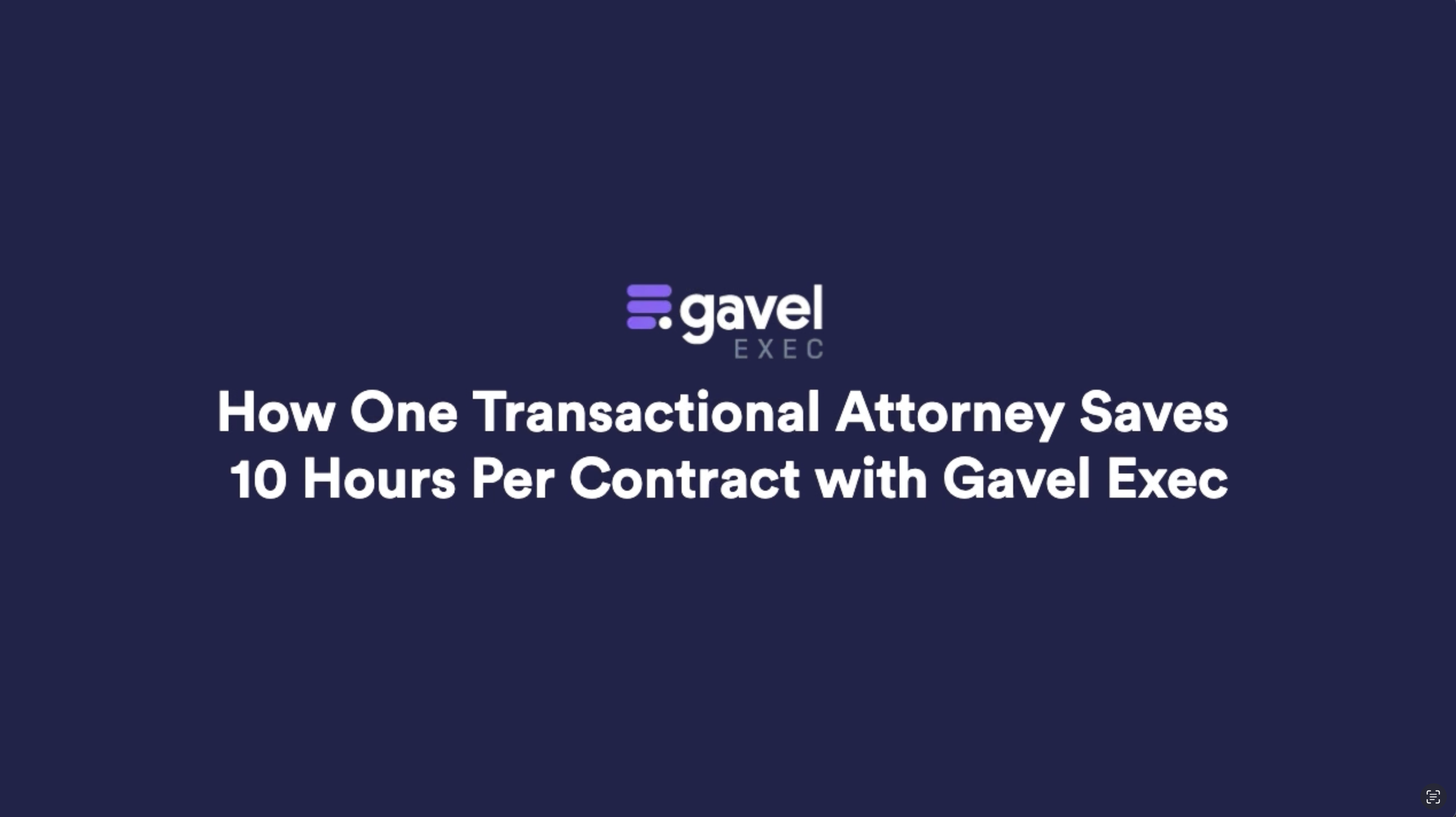Plans & Pricing
About Gavel
Careers
Product Wishlist
Subdomain Log In
Manage Account
%20(1).avif)
Easy intake and document automation to auto-populate your templates.
For generations, only a few people have been able to work in the legal field. Because it is so complicated and so expensive, there is a big "justice gap" that keeps most people from getting professional legal help.
The rise of AI technologies, easily accessible on the internet, is gradually eliminating these long-standing problems. These technologies are currently acting as a strong competitive force.
AI is drastically changing legal access by giving everyone access to cheap tools and knowledge. However, this rapid democratization comes with important practical, moral, and legal issues.

Source: Pexels
We must address these issues to ensure that this technological revolution results in genuine and equitable justice for all.
The "justice gap" is the big difference between what regular people need legally and how easily and cheaply they can have those needs met. Millions of people don't have a voice because of this systemic failure.
It turns the idea of "justice for all" into a luxury for a few, with enormous effects on the real world.
The justice system is challenging for most people to understand and use. Traditional law services are too expensive for most people to afford. The high hourly rates make it impossible for them to seek professional help.
Also, the system is full of confusing words and complicated steps that make it very challenging to represent oneself. The lengthy proceedings exacerbate these issues. Cases can drag on for months or even years in courts that are already full.
According to Legal Services Corporation, American people with low incomes don't get any or enough legal help for 92% of their major civil cases. One big reason people don't get or seek legal help is that they are worried about how much it will cost.
46% of those who didn't get legal help said they feared the cost. More than half of low-income Americans (53%) doubt they could find an affordable lawyer if needed.
Because these lawyers are hard to reach, many people have to deal with life-changing legal circumstances without any help. People often have to represent themselves against trained professionals or give up their legal rights when they are dealing with important civil issues like being sued for debt, being threatened with eviction, or negotiating child custody.
This imbalance often leads to terrible results, like being homeless, losing your money, and losing your family's security.
New engineers and data scientists are developing these advanced legal instruments quickly. As demand for these professions rises, prospective innovators seek affordable, high-quality education, like the cheapest online masters in artificial intelligence.
To address the justice gap, new online AI solutions are emerging. These tools are a series of specialist programs that break down distinct parts of the law system. They automate ordinary operations and simplify complex information to empower consumers to manage legal demands directly and cheaply.
Graduates of these specialized degree programs build user-centric interfaces and complicated algorithms that empower. Their natural language processing and machine learning training drive this legal-tech revolution.
AI is changing how people get to the law and understand it. Users no longer have to read complicated legal texts; instead, they can use easy-to-use tools that give them clear, useful information.
AI takes away the need to hire an expensive lawyer to write and review legal documents for many common legal needs.
Using AI to help ODR platforms is an effortless and quick way to avoid going to court, which is usually a slow and hostile process.
One of the most useful things AI can do is predict how court cases will turn out. This gives people who are representing themselves in court critical information that was once only available to experienced lawyers.
AI-powered legal solutions transform the law from an inaccessible institution into a user-focused service. This democratization dramatically expands the number of people who can seek legal advice, provides them the ability to act independently, and speeds up a slow system.
AI makes justice cheaper, which is its most obvious and essential effect. These internet solutions make legal tech adoption (information, documents) and basic disputes cheaper or free by automating lawyer-billed hours.
This makes legal aid affordable for everyone. It helps millions who couldn't afford it before.
Beyond access, AI tools empower individuals and small enterprises by teaching them how to manage their legal problems. AI promotes legal knowledge and self-reliance by simplifying legal topics and giving self-service tools.
This allows a small business owner to write a sound contract or a renter to understand their rights without a lawyer, turning them from passive recipients of legal outcomes to active players in their justice.
Delays and manual processes slow the court system, but AI speeds it up. These systems automate tedious tasks like document inspection, legal research, and case filing, speeding up work.
They work in minutes, not days or weeks. An automated platform can serve tens of thousands of customers at once due to its flexibility. The judicial system is faster and more adaptable to offer answers when needed.
AI-reformed law involves radically changing how the law operates, not merely replacing technology. In the future, AI will complement human expertise and handle scalable, data-driven tasks so lawyers can focus on their strengths, such as intricate strategy, moral decision-making, and client advocacy.
Courts will employ these tools more to streamline operations and increase access, stabilizing this transition. This shifts the lawyer's role from protecting data to professional planning and trusted advice.
Source: Pexels
This transformation will be judged by how well it creates a fairer, efficient, and people-centered legal system for everyone, not by its technology.
%20(2).png)
We're getting great questions about using Invisible Logic (now called Calculations) in Workflow Builder 2.0, so we wanted to address the most common ones. Let's dive in!

"That's where the magic is. That's where I can save a good 10 hours. There's a day saved easily."